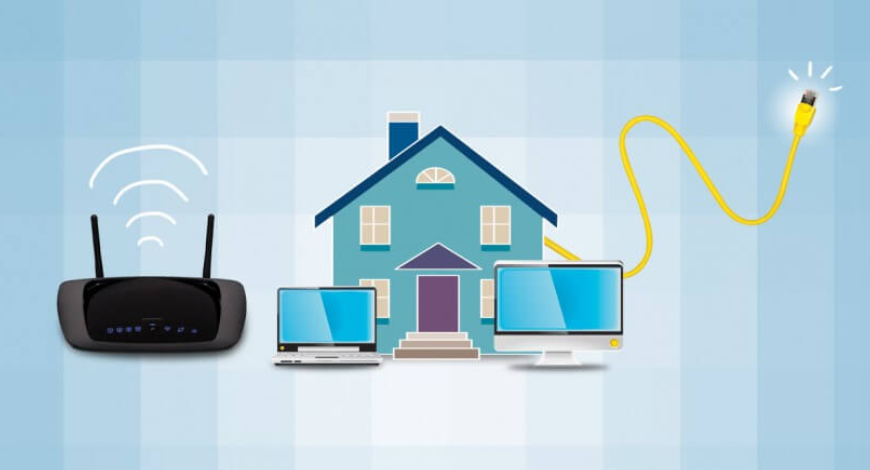Trends
Home broadband growth sluggish, even as per-user consumption increases

Even as telecom operators strenuously roll out 5G networks in India at an unprecedented speed, home broadband growth has been sluggish, according to data from the Telecom Regulatory Authority of India. As of September 2023, the number of wired broadband connections in India amounted to 3.78 crore. While the COVID-19 pandemic coincided with a large spurt in demand for new WiFi connections, the overall penetration even now is a fraction of mobile internet users: 85.9 crore mobile internet connections are currently active in India.
WiFi offers far higher data allowances and more reliable speeds, but the Internet Service Provider (ISP) industry has still not made critical inroads into most people’s homes in India. With the pandemic internationally boosting streaming services, average data use actually reduced on home broadband connections in India, according to an investor presentation by the ISP Hathway, potentially explained by newly working-from-home professionals relying on it for stability and low-cost connectivity more than recreation.
Not all households in India can afford home broadband, especially when it is competing with affordable mobile data. But even among households that can, the penetration is only 30%, estimates Vivek Raina, founder of the ISP Excitel. “For a decade, it was stuck at 2 crore [subscribers], and after COVID it got to 3 crores and it stuck there,” he said. “In households that are opting for internet connections, the migration has slowed down from mobile to wireline.”
‘Cable TV connections down’
A major explanation for the slowdown in broadband growth is the end of the pandemic. “Because people started going back to office, the majority of internet consumption has shifted to the workplace,” Mr. Raina added. But the industry itself is not suffering much by comparison to cable TV operators. “3% of people are disconnecting their cable connections forever each month,” Mr. Raina said. However, there are still eight crore households with cable TV, over double the number of homes with broadband.
That is where, Mr. Raina says, the potential lies for broadband operators, who can snap up some of the homes that are disconnecting their cable connections. “IPTV with streaming integrations will be the next big thing; there is no point of having two wires coming into your home,” he said. But he conceded that the timeline for this kind of shift could still take years, even as large parts of India’s main cities and towns are already covered by 5G networks. Mr. Raina suggested that a “forced migration” may take place when large cable TV companies are ‘unviable’ after bleeding too many subscribers and going out of business.
Households that have made that jump are gradually showing increasing data consumption, a sign that Hathway has in the past told investors is a sign of ‘healthy’ growth. Over a two year period, ACT Fibernet, another ISP, said that users had increased data consumption by 25%. (The base was November 2021, after most lockdown restrictions had lifted globally.)
ACT did not specify just how much data households were typically consuming — high speeds are capped after 3,300GB of data is consumed across the industry, in what has emerged as an industry-wide standard. The last time Hathway released monthly data consumption figures for its home broadband users, in July–September 2022, it stood at 290GB per subscriber, less than a tenth of their high speed allowance. (In the U.S., the same number stands at 514GB.) The Hindu






